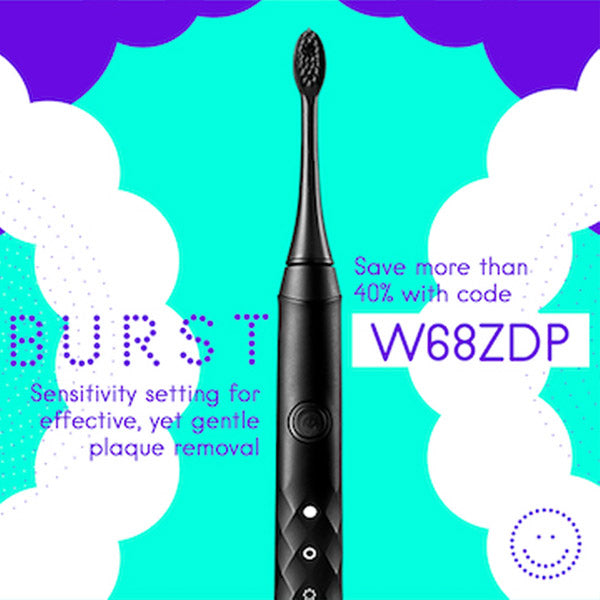Oral Health Professionals’ Role in Early Skin Cancer Detection

By: Dr. Betsy Wernli, Board-Certified Dermatologist
Skin cancer is a common and increasing problem. According to the American Academy of Dermatology, an estimated 9,700 people in the United States are diagnosed with skin cancer every day. Skin cancer is a highly treatable form of cancer, but only when detected early. The importance of oral health professionals in early detection of abnormal lesions is vital to the success rate of treating skin cancer in patients. While a significant portion of our population regularly visit the dentist each year, the same cannot be said about regularly seeing a dermatologist for skin cancer screenings.
While a typical dental examination focuses on overall oral health, it is important for providers to take this time to also view the patient’s face and neck for any abnormalities. For the overall health of your dental patient, it is critical to understand skin cancer and what to look for.
There are two categories of skin cancer, melanoma and non-melanoma. Malignant melanoma is a dangerous form of skin cancer that, if not detected and treated immediately, can spread to other areas in the body. According to American Cancer Society research, if melanoma is caught in stage one the 5 year survival rate is 97% versus late detection survival rates can be as low at 15%. Malignant melanoma is common on the face and neck, but it is also possible to occur in the mouth. Lesions of malignant melanoma can be brown, black, red, blue, or purple. They can be flat or raised and can bleed easily.
Non-melanoma skin cancer includes basal and squamous cell carcinoma. About 85% of non-melanoma skin cancers are located on the head and neck or in the oral cavity. Basal and squamous cell skin cancers have a variety of presentations. They can appear as small, pearly, or pale bumps on the skin. They can also present as dark red patches that can be raised or flat or scaly in texture.
Dermatologists commonly recommend following the ABCDE’s when spotting skin abnormalities.

The diagram on the left is courtesy of the American Academy of Dermatology. This is an excellent tool to help guide you through visual skin checks during a dental examination. If a skin lesion lacks symmetry, has an irregular border, varies in color and is wider than a pencil eraser it is important to inform patients and recommend visiting a local dermatologist. As an oral health provider it can be difficult to notice the evolution (E) of a skin lesion; this component of the exam is valuable to dermatologists with frequent or yearly skin exams over time.
Oral health professionals play an invaluable role in detecting, assessing, and referring patients with suspicious lesions for an evaluation by a dermatologist. Early detection of lesions can often mean the difference between successful and unsuccessful treatment and even life or death.
-----------------------------------------------------------------------------------------





